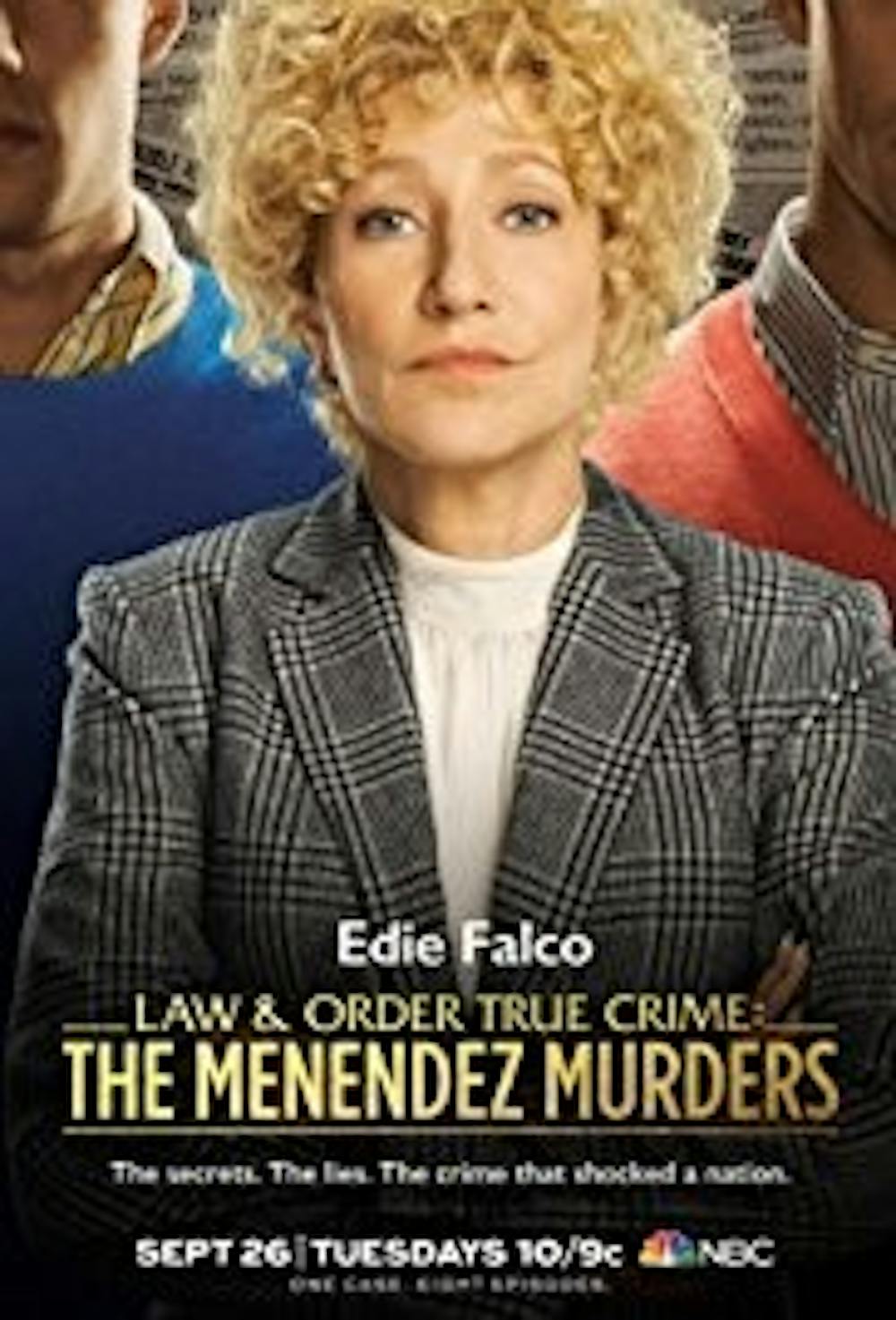The “Law & Order” name is not to be taken lightly. Over the course of two-and-a-half decades, writer and producer Dick Wolf amassed one of the largest franchises in the history of television, with a library of over 1,000 episodes, one TV film and five video games.
The franchise is now in its sixth American television iteration with the premiere of “Law & Order True Crime.” In contrast to previous iterations, “True Crime” is not a police procedural or legal drama, but rather an anthology series of real crime stories ripped from recent history, with the first eight-episode season being a dramatization of the investigation, arrest and trial of Beverly Hills socialites Joseph and Erik Menendez for the brutal murders of their parents in 1989.
Since “True Crime” is borrowing from a true story, there is effectively no mystery, so the series makes a number of style departures from previous iterations. Rather than following the investigation from just the police perspective, “True Crime” opts for a less linear approach, stretching its narrative to cover most of the important players from the beginning.
The police begin their investigation, Joseph and Erik Menendez (Miles Gaston Villanueva and Gus Halper, respectively) deal with the financial and emotional fallout of their parents’ deaths, and defense lawyer Leslie Abramson (Edie Falco) goes about her day because she’s not yet relevant to the premiere’s main plot. That’s not to say that her screen-time is wasted — there is a strong character focus in the writing to make the most of the ensemble approach and to highlight that this is a drama first and foremost. “Law & Order” fans who might be a little dismayed at the style shift should be reassured that the writing credits go to some “Law & Order” veterans, and indeed “True Crime” has inherited some of the series penchant for expressive dialogue.
The solid writing is backed up in the premiere by impressive acting. The female defense attorney with buckets of attitude is a familiar “Law & Order” staple, but Falco adds a confident brightness to make it feel fresh again. Villanueva’s subtle mannerisms indicate dark thoughts hiding behind his neutral countenance and contrast Halper’s remarkably intense displays of emotional angst. If the writing and performances were the only things to consider, the premiere of “Law & Order True Crime: The Menendez Murders” would be a strong showing.
However — and this is a big however — the premiere is seriously held back by some truly awful cinematography. Even a casual viewer will note that the camera in “True Crime” is restless, erratically cutting to new angles and constantly making unnecessary movements that actively fight the measured pacing.
Furthermore, the show has a bizarre over-reliance on close-ups — filling the screen with an actor’s face seems to be the only trick the show has to build dramatic tension or convey emotional turmoil, when plenty of shots seem like they’d be better served with a bit of distance and more competent staging. Overall, “True Crime” makes for some incredibly bland visual storytelling.
In summary, while it is nice to have something new besides “Law & Order SVU,” “Law & Order True Crime: The Menendez Murders” isn’t quite up to standard. The premiere isn’t that bad, and it holds a lot of potential in its writing and acting, but its amateur camerawork and admittedly specific subject matter will probably limit its appeal to niche audiences. “Law & Order” should be applauded for its willingness to branch out and try new things, and fans of the franchise or of true crime stories in general may find a lot to like. However, the series needs to address its glaring flaws if it ever wants to hit the mainstream like its predecessors.





